UDL Classroom Strategies

Unlocking Potential: Universal Design for Learning Strategies
Imagine a classroom where every student thrives, regardless of their background, learning style, or individual needs. Universal Design for Learning (UDL) makes this vision a reality. It's a framework that encourages educators to proactively design learning experiences that meet the needs of all learners, dismantling barriers and creating an inclusive environment.
Here are some key UDL strategies you can implement to unlock the potential in every student:
1. Multiple Means of Representation:
- Offer diverse ways to perceive information: Present content through multimedia channels like text, audio, video, and images. Use graphic organizers, manipulatives, and real-world examples to cater to visual, auditory, and kinesthetic learners.
- Provide alternatives for understanding information: Clarify vocabulary and complex concepts, use multiple explanations, and offer background knowledge activators like pre-reading activities or videos. Integrate technology like text-to-speech tools and dictionaries.
- Support different ways of expressing knowledge: Offer choices in project formats (presentations, essays, drawings, videos) and assessment methods (e.g., oral exams, group projects, self-evaluations).
2. Multiple Means of Action & Expression:
- Vary engagement and motivation strategies: Use open-ended questions, real-world applications, peer collaboration, and gamification to spark interest and make learning relevant. Offer flexible pacing and choice boards to cater to individual learning styles and preferences.
- Provide options for physical action and expression: Integrate movement breaks, hands-on activities, and kinesthetic learning opportunities. Allow students to choose tools and technologies that best suit their physical needs and preferences.
- Offer supports for executive function: Chunk tasks, provide clear instructions and visual schedules, and utilize technology tools like organizers and timers to help students manage their learning process.
3. Multiple Means of Engagement:
- Connect with students' prior knowledge and interests: Use personal connections, relevant examples, and student-driven topics to engage their curiosity and build upon existing knowledge.
- Set clear goals and provide regular feedback: Use rubrics, checklists, and self-reflection tools to help students understand expectations and track their progress. Offer personalized feedback that focuses on learning and improvement.
- Foster collaboration and community: Create opportunities for peer interaction, group projects, and discussions to encourage diverse perspectives and build a supportive learning environment.
Additional Tips:
- Start small and build gradually: Implement UDL strategies in manageable steps, focusing on areas where they can have the most significant impact.
- Seek collaboration: Engage colleagues, administrators, and families in understanding and implementing UDL principles. Share resources and best practices to create a supportive learning community.
- Use technology strategically: Leverage technology tools and resources to provide differentiated instruction, offer accessibility options, and personalize the learning experience.
- Embrace flexibility and continuous improvement: Regularly reflect on the effectiveness of your UDL strategies and adapt them based on student needs and feedback.
By incorporating these UDL strategies, you can create classrooms where every student feels empowered to learn, participate, and reach their full potential. Remember, UDL is not a one-size-fits-all approach, but rather a framework for thinking creatively and proactively about how to meet the diverse needs of your learners. It's a journey of continuous learning and growth, but one that leads to a more inclusive and effective learning experience for all.
Bonus: If you're looking for further resources, explore the CAST website (https://udlguidelines.cast.org/) and the UDL on Campus website ([[invalid URL removed]]([invalid URL removed])), which offer a wealth of information, tools, and examples for implementing UDL in various educational settings.
Get in Touch
Accessible Inquiry
An email will be sent to the consultants
